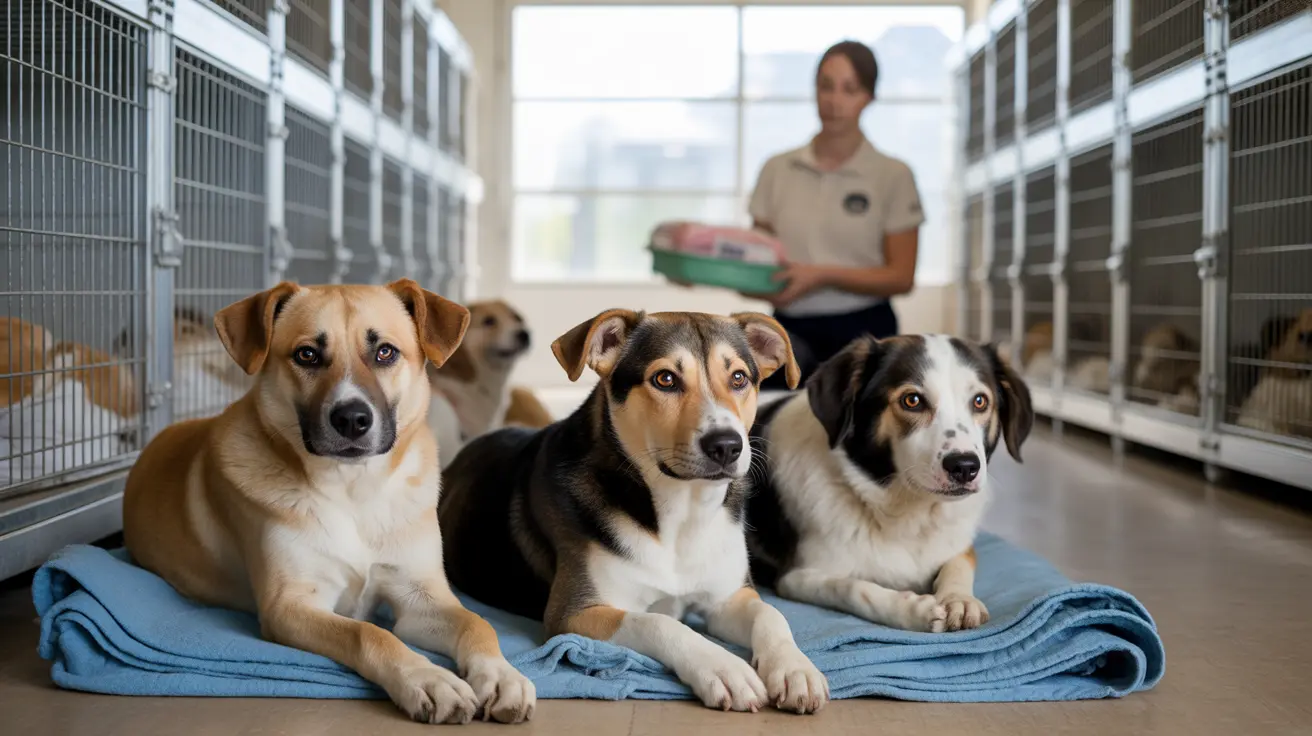Scale of the Rescue Operation
The discovery of almost 400 animals on a single rural property represents a critical animal welfare situation that has stretched local rescue resources to their limits. Wisconsin animal welfare organizations are now coordinating their efforts to provide immediate care and shelter for the rescued animals.
Immediate Response and Challenges
The sudden intake of hundreds of animals has created significant logistical challenges for local shelters and rescue organizations. These facilities must now manage:
- Emergency veterinary care assessments
- Temporary housing arrangements
- Food and medical supply distribution
- Coordination of volunteer efforts
Supporting the Rescue Effort
Local animal welfare organizations are calling for community assistance to help manage this large-scale rescue operation. The immediate needs typically include:
- Monetary donations for medical care
- Pet food and supplies
- Volunteer support
- Temporary foster homes
- Transportation assistance
Building Community Support
The success of such large-scale animal rescue operations often depends on strong community involvement. Wisconsin residents can contribute by:
- Contacting local shelters about specific needs
- Offering foster care services
- Sharing information about donation needs
- Supporting fundraising efforts
Legal and Welfare Implications
This case highlights the serious nature of animal neglect situations in rural areas. While specific details about the legal proceedings are limited, such cases typically involve multiple violations of animal welfare laws and can result in significant legal consequences for the offenders.
Prevention and Awareness
Cases like the Juneau County rescue emphasize the importance of early intervention and reporting of suspected animal neglect. Community members should remain vigilant and report concerns to proper authorities.
Frequently Asked Questions
How can local communities help shelters handle sudden large-scale animal rescues like the Juneau County incident?
Communities can provide immediate support through monetary donations, supplies, volunteering time, and offering foster homes. Coordinating with local shelters to understand their specific needs is crucial for effective assistance.
Why is monitoring and reporting animal neglect important in rural areas?
Rural areas can present unique challenges for animal welfare monitoring due to isolated locations and limited oversight. Community awareness and prompt reporting of concerns help prevent situations from escalating to severe neglect cases.
What resources are typically needed in large-scale animal rescue operations?
Large-scale rescues require significant resources including veterinary care, housing supplies, food, medical supplies, and volunteer support. Financial donations help organizations manage immediate and ongoing care needs.
These challenging situations remind us of the importance of community involvement in animal welfare. While the immediate focus remains on providing care for the rescued animals, this case serves as a crucial reminder of our collective responsibility to prevent and report animal neglect.






